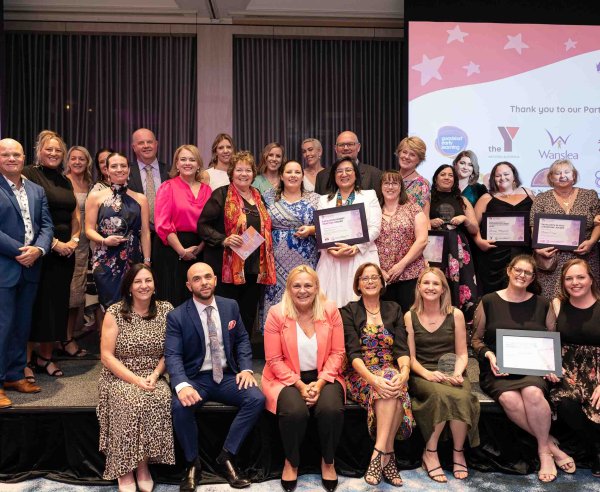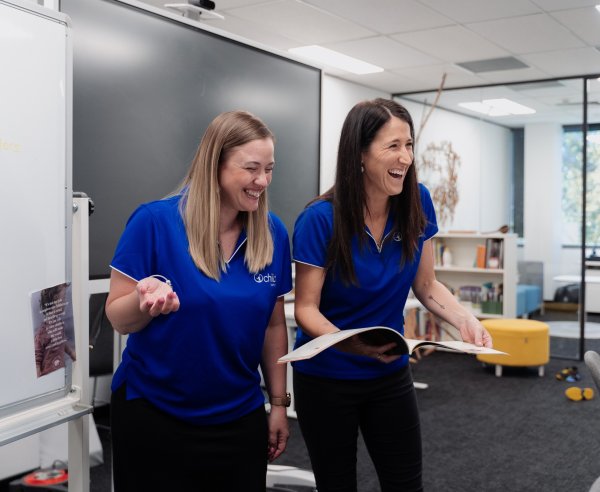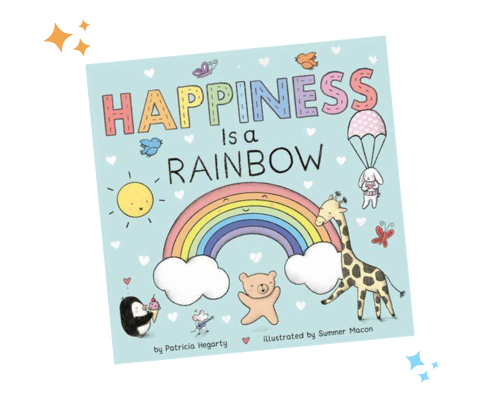As early childhood professionals, we know that 85% of brain development occurs by the time a child reaches the age of three years. A growing body of Australian and international research demonstrates the enormous positive impacts that participating in ‘The Arts’ has on children’s learning; it is holistic by nature offering multiple modes of engagement. Babies learn to express themselves through movement before they can speak, connecting audio information to movement and creating brain synchrony. When children draw they process information in multiple modes simultaneously.
With growing evidence that anxiety in children and adolescents is increasing, researchers are looking more closely at supporting well-being in the early years. Links between focus on academic ‘skills’ and the downgrading of ‘softer’ less recognised curriculum areas, such as the arts, are being correlated. For thousands of years we expressed ourselves through art, movement, singing, music and more every day, until the industrial revolution. By removing the arts from our lives, we are removing modes and opportunities for expression, other than linguistic modes. The impact this is having on well-being is becoming clearer – Art, in its many forms, provides many modes of self-expression.
Art as the Heart’s Language
Art is considered the domain of the heart, but its transporting effects start in the brain, where intricate systems perceive and interpret it with dazzling speed. Using brain imaging and other tools of neuroscience, the new field of neuroaesthetics is probing the relationship between art and the brain. At the centre for applied neuroaesthetics at John Hopkins School of Medicine, Susan Magsamen directs the international ‘Arts and Mind Lab’ where they have been doing studies about how our brains and bodies change on art.
The ‘Arts and Mind Lab’ find that different patterns of activation get more of the brain firing all at once, recognising how the arts can impact positively on people with different conditions. A large body of research is accumulating, that demonstrates the positive effect of music on memory, dance for Parkinson’s patients and children with autism and trauma, story writing on mental well-being and visual arts for communication. The ‘Arts and mind lab’ also recognises the arts impact on caregivers, and that engagement in the arts is another source of support.
Art as an influence to positive wellbeing

Your Brain on Art by Susan Magsamen and Ivy Ross
Susan Magsamen and Ivy Ross, google designer, have written a book titled ‘Your Brain on Art’ which illuminates people’s interaction with the arts to influence wellbeing positively. It proposes that arts engagement is a ‘must have’ not a ‘nice to have’ for our health and wellbeing. The arts are more accessible than drugs to support physical and mental well-being and we cannot overdose on it.
What’s Next?
The power of Art in early childhood development is truly remarkable. Our next step is to stop thinking about our engagement in the arts in ‘Western’ ways. As educators we need to look at the process for enjoying art, and how it makes us feel, rather than judging art for the final product we create and whether we are ‘good enough’. Children intuitively do this, as we once did. The arts do not have a right and wrong, all art elicits a response that is authentic to each person.
If you’re passionate about incorporating the arts into your practice and nurturing creativity in children, we have some exciting Professional Development opportunities for you:
- On-demand Webcasts:
- In-service Workshops:
- Art in Early Childhood
By participating in these professional development opportunities, you’ll not only enhance your own knowledge and skills but also create a positive impact on the lives of young children. As Susan Magsamen (2023) said, “Art creates culture, culture creates community, and community creates humanity.”



